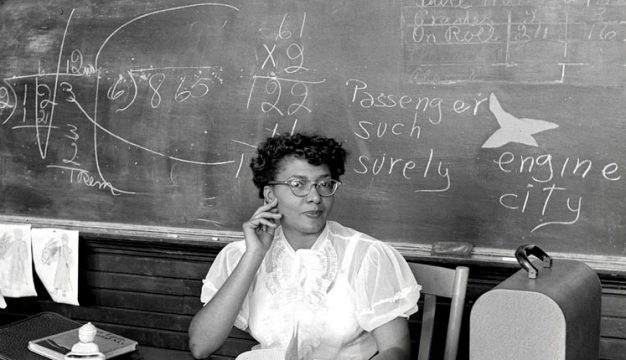W. A. Gayle Planetarium
 W. A. Gayle Planetarium
The W. A. Gayle Planetarium in Montgomery, Montgomery County, is a planetary science education center owned by the city of Montgomery and operated by Troy University. Primarily designed to educate students in grades K-12 about astronomy and planetary science, the museum is also open to the wider public with programming in fields as far-ranging as astronomy, archaeology, oceanography, and anatomy through films, lectures, live music, and digital art performances. The facility is one of the largest and most diverse science education centers in the southeast, welcoming visitors from all over Alabama and the surrounding states.
W. A. Gayle Planetarium
The W. A. Gayle Planetarium in Montgomery, Montgomery County, is a planetary science education center owned by the city of Montgomery and operated by Troy University. Primarily designed to educate students in grades K-12 about astronomy and planetary science, the museum is also open to the wider public with programming in fields as far-ranging as astronomy, archaeology, oceanography, and anatomy through films, lectures, live music, and digital art performances. The facility is one of the largest and most diverse science education centers in the southeast, welcoming visitors from all over Alabama and the surrounding states.
The planetarium was opened to the public on September 25, 1968, in Oak Park amidst growing interest in outer space. During the 1950s and 1960s, one arena of the Cold War between the United States and the Soviet Union was the so-called "Space Race" between the two nations in which they competed to send rockets and satellites into space and explore the Moon. This interest in space exploration and technological development led to the flourishing of planetariums across the United States. Through the efforts of local leaders, including William Armistead Gayle, the namesake of the new planetarium and mayor of Montgomery from 1952-1959, Montgomery has hosted one of the largest planetariums in the region. In 1972, the city contracted with Troy University to operate the 159-seat planetarium, a partnership that continues into the present day.
When it first opened in 1968, the planetarium employed the latest in analog projection technology: the Spitz STP (Space Transit Projector). One of only 11 such projectors ever made, the system had 300 knobs and controls to project lights through hundreds of tiny holes in the planetarium's 50-foot high dome. In January 2014, the aging technology and the desire to increase attendance led to renovations in the planetarium that included replacing the analog projector with the Super Mediaglobe-II, a full-dome digital projector, a 25,000-watt surround-sound system, 21 slide projectors, a laser disc video projector, and laser light shows. Costing $500,000, these upgrades were funded by the city and Troy University with support from the Daniel Foundation, Hyundai Motor Manufacturing Alabama, and the State of Alabama Education Trust Fund.
The Super Mediaglobe-II projector was the world's first full-color single lens computer-controlled digital projector, and it displays a 360-degree field of vision on the planetarium's dome, allowing for the digital simulation of the natural sky by projecting images of the Sun, Moon, planets, stars, and other celestial objects. In addition, this new projector allows natural sky phenomenon such as lightning, clouds, and snow to be superimposed on the dome, creating more realistic scenes. The movement from analog to digital projection also enabled the system to incorporate the newest satellite datasets of the Earth's land, ocean, atmosphere, and to present programming on archaeology, oceanography, and anatomy. Exhibits in the planetarium include a scale-model of the Hubble Space Telescope, a collection of celestial images, and an artistic rendering of the history of astronomy.
The facility has public shows that rotate monthly, offering visitors a movie projected on the planetarium's dome about a current topic in astronomy and planetary science as well as other interactive presentations such as the night sky over Montgomery. There is an admission fee. Show times are Monday through Thursday at 4:00 p.m. and Sunday at 2:00 p.m. and may change. Nearby are the Scott and Zelda Fitzgerald Museum, the Dexter Parsonage Museum, and the First White House of the Confederacy.



